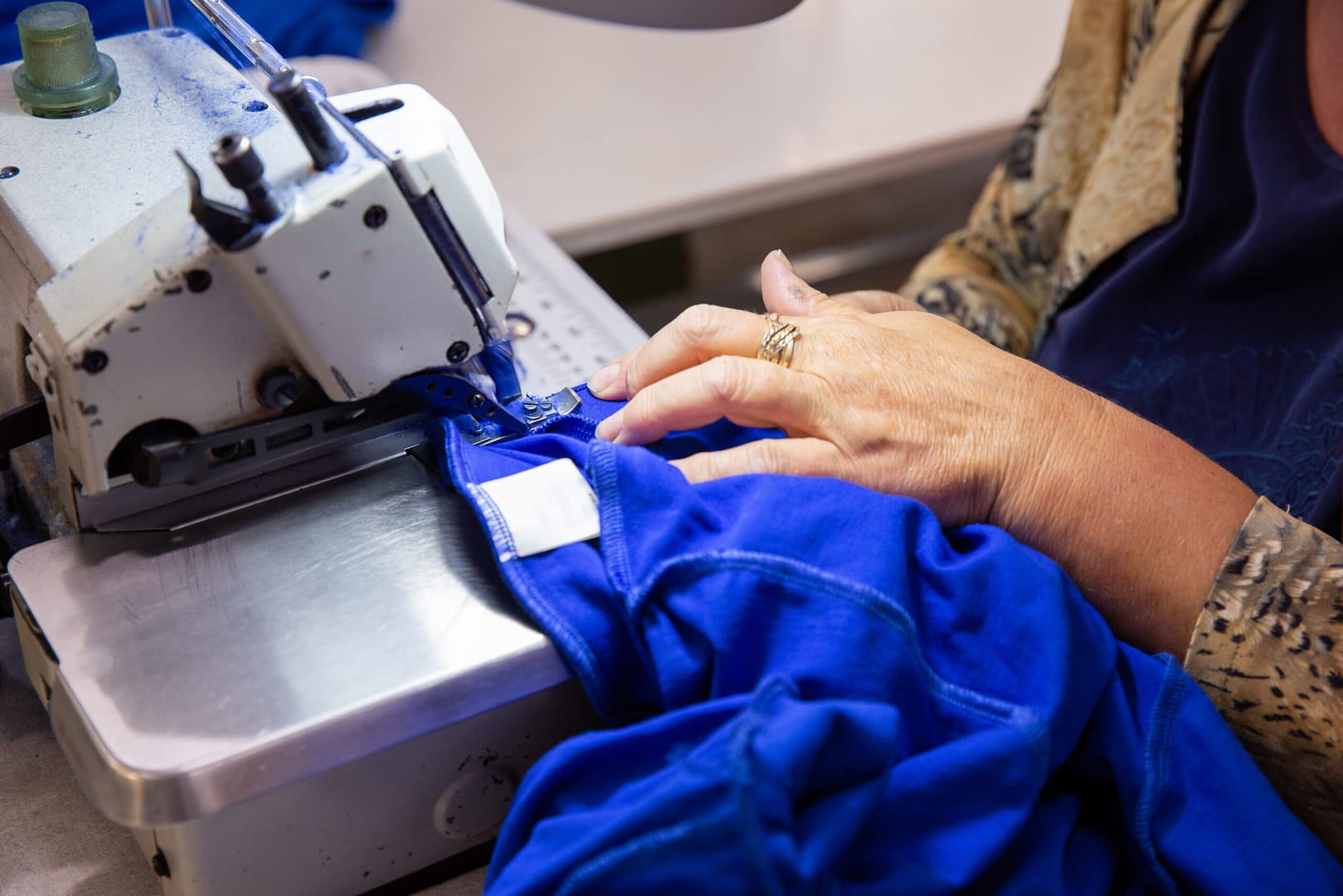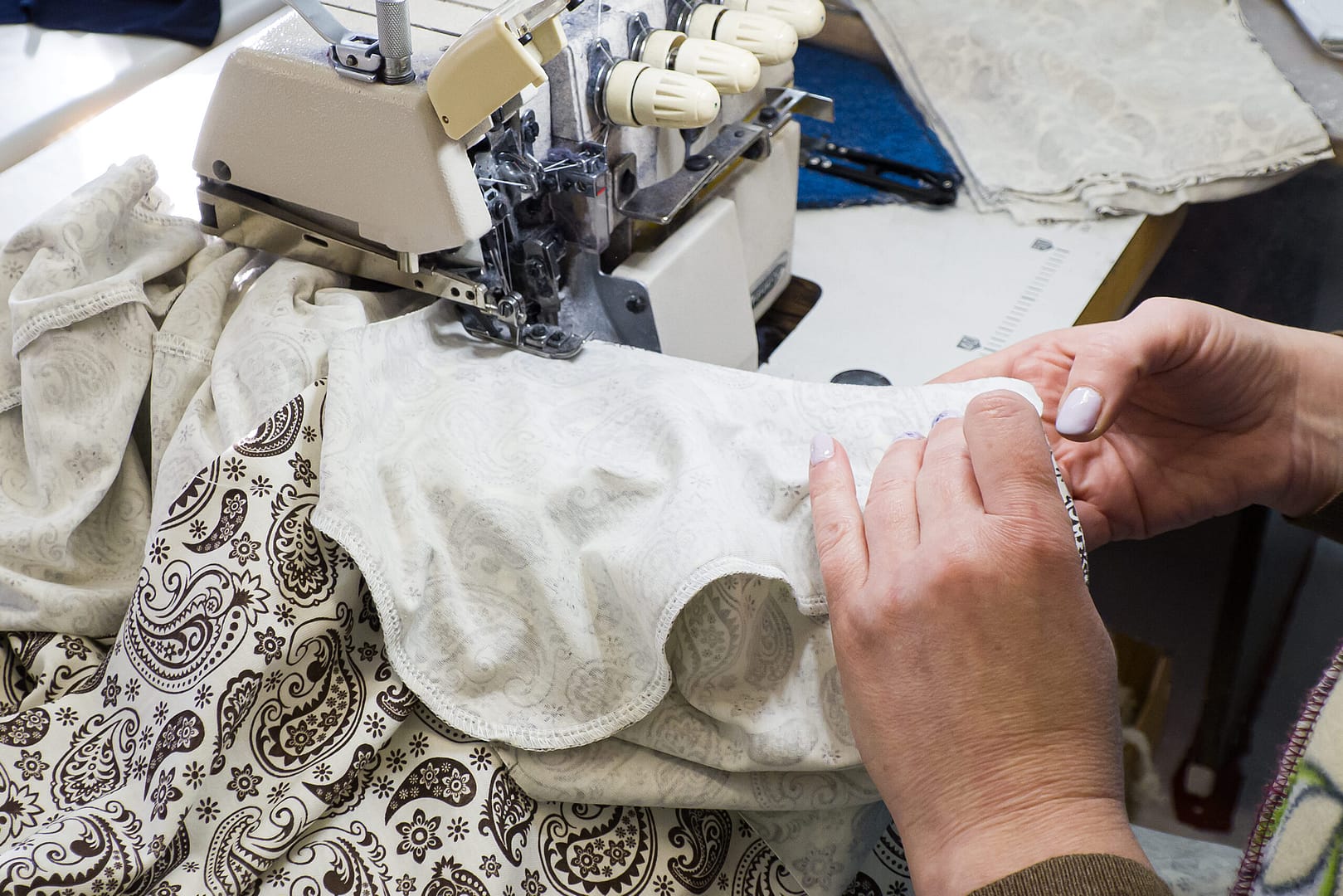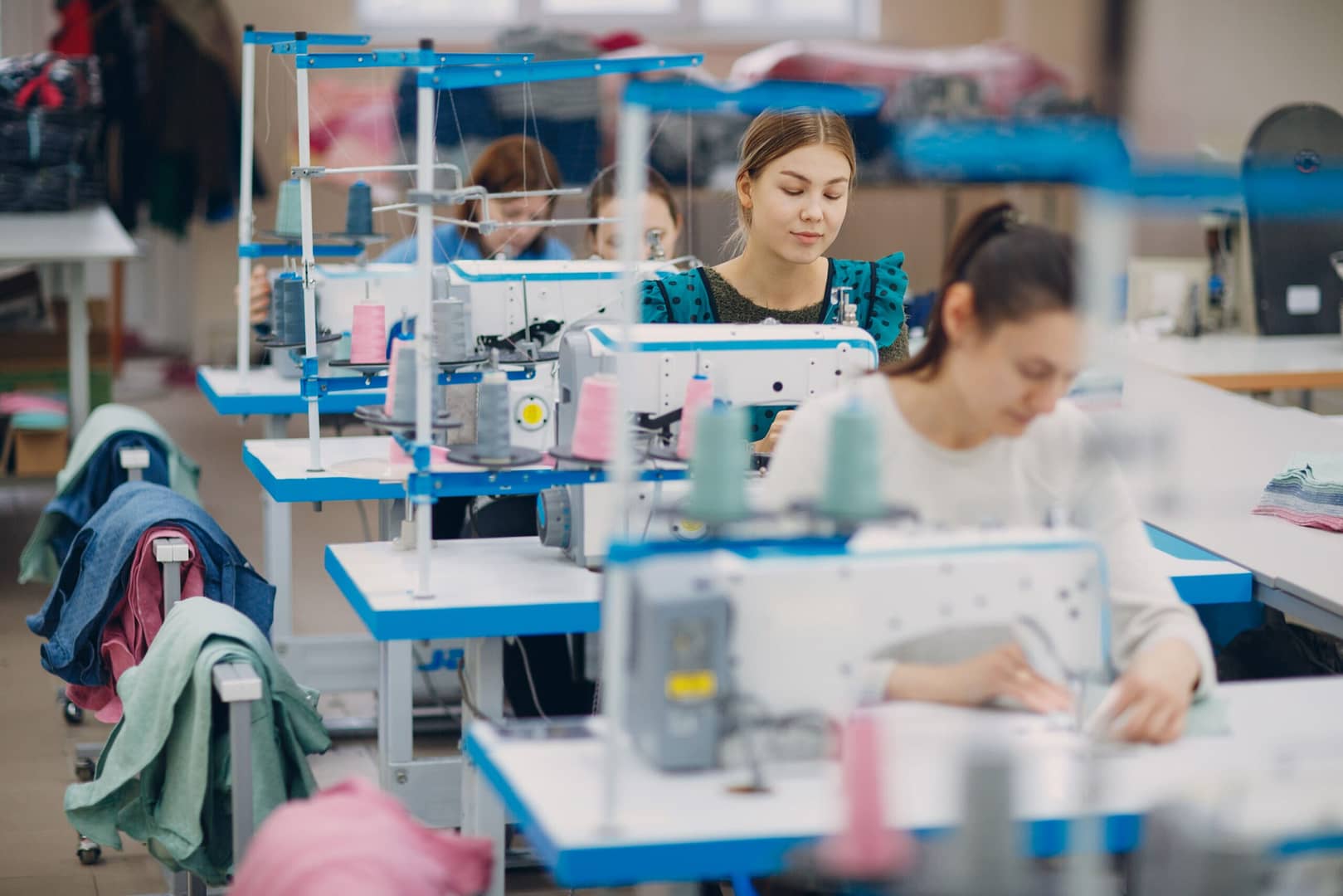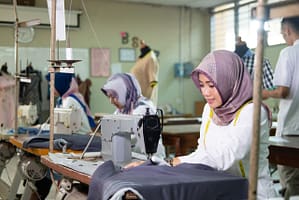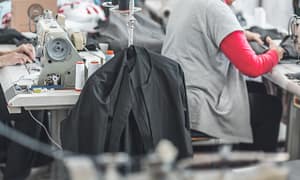| Fabric Name | Hemp |
| Fabric also known as | Industrial Hemp |
| Fabric Composition | Cellulose fibers derived from the stalks of the Cannabis sativa plant |
| Fabric Breathability | Highly breathable |
| Moisture-wicking Abilities | High |
| Heat Retention Abilities | Low |
| Stretchability (Give) | Low (natural hemp fibers have minimal stretch) |
| Prone to Pilling/Bubbling | Low |
| Country Where Fabric Was First Produced | China (historically significant in ancient textiles) |
| Biggest Exporting/Producing Country Today | China remains a large producer; other countries include France and the Netherlands |
| Recommended Washing Temperatures | Cool or warm |
| Commonly Used In | Eco-friendly apparel, casual wear, home textiles, and accessories |
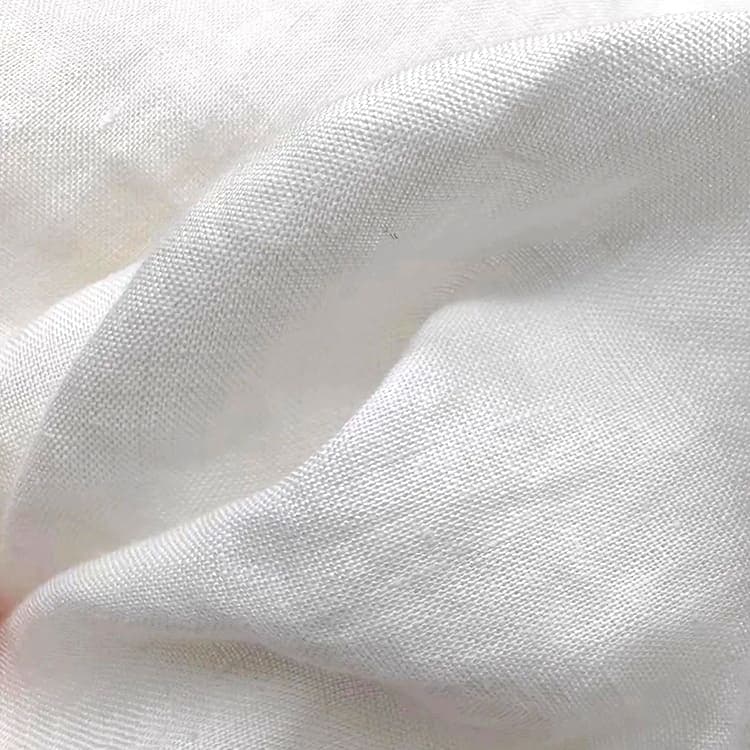
What is Hemp Fabric?
Hemp fabric is a textile derived from the fibers of the Cannabis sativa L. plant, specifically cultivated for its superior fiber quality compared to other forms of industrial hemp. This plant is grown primarily for its long and short fibers, each offering unique properties and suited for different textile products. Long hemp fibers are prized for their strength and durability, making them ideal for use in high-end textiles like suit fabrics and luxury bed linens. Short fibers, on the other hand, are valued for their softness and moisture-wicking properties, perfect for casual wear, undergarments, and home textiles.
Hemp stands out for its exceptional durability and eco-friendly characteristics. Unlike cotton, which requires significant amounts of water and pesticides, hemp grows with minimal inputs, making it less taxing on the environment. Compared to linen, hemp offers similar breathability but with greater moisture absorption, enhancing wearer comfort. Silk, while luxurious, does not match hemp’s durability or environmental benefits.
To appreciate the uniqueness of hemp fabric, it’s essential to compare it with other commonly used natural fibers:
| Fiber Type | Breathability | Durability | Moisture Absorption | Eco-Friendliness |
|---|---|---|---|---|
| Hemp | High | Very High | High | Excellent |
| Cotton | Moderate | Moderate | High | Good |
| Linen | High | High | Moderate | Very Good |
| Silk | Low | Moderate | Low | Moderate |
History of Hemp Fabric
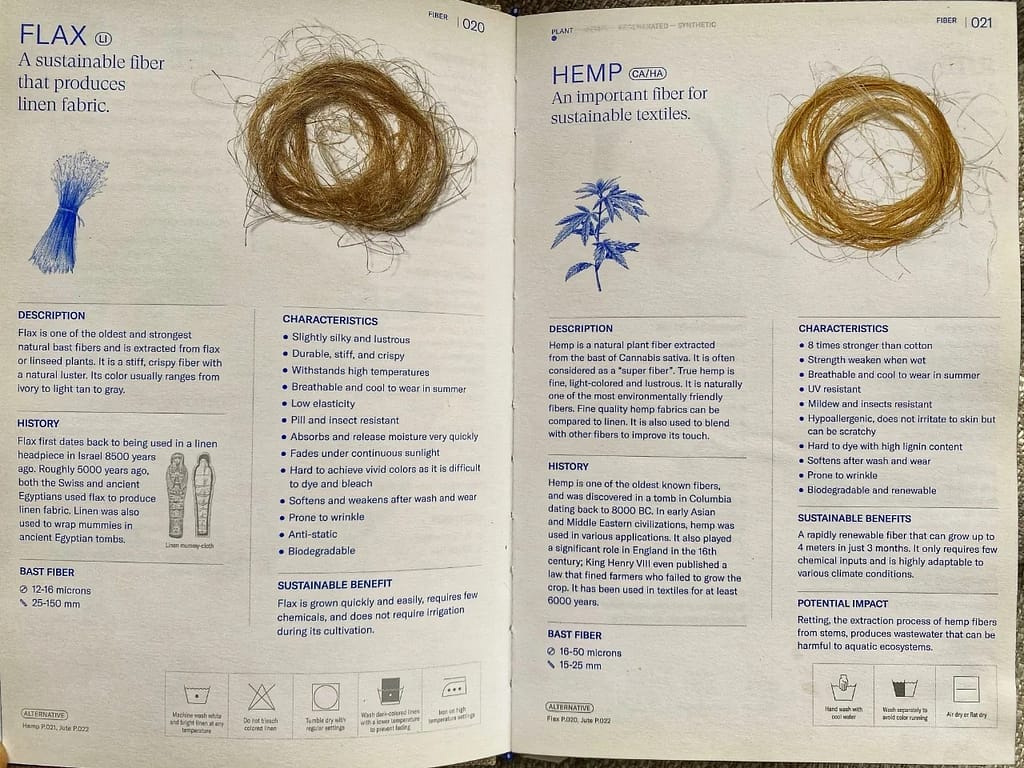
Hemp has been cultivated for thousands of years and used historically in a variety of applications, from clothing to naval equipment, due to its strong, durable fibers. The use of hemp can be traced back to ancient civilizations in Asia and the Middle East, where it was an integral part of daily life, valued both for its practicality and its ease of cultivation.
To illustrate the historical significance and evolution of hemp fabric, here’s a brief timeline:
| Period | Region | Usage |
|---|---|---|
| 8000 BC | Ancient China | Used in pottery and as textiles |
| 2000 BC | Ancient India | Woven into fine clothes |
| Middle Ages | Europe | Essential for sails and ropes |
| 17th Century | Colonial America | Mandatory cultivation for ropes |
Despite its widespread use historically, hemp’s popularity declined with the advent of synthetic fibers in the 20th century and due to regulatory restrictions on its cultivation. However, recent years have seen a resurgence in interest, driven by the modern push for sustainable and eco-friendly manufacturing practices.
The modern resurgence of hemp fabric is fueled by the global shift towards sustainability. As industries across the board aim to reduce their environmental footprint, hemp fabric’s low environmental impact makes it a sought-after material in the eco-conscious fashion industry. Today, it is celebrated not only for its historical heritage but also for its role in future sustainable practices.
Production Process of Hemp Fabric
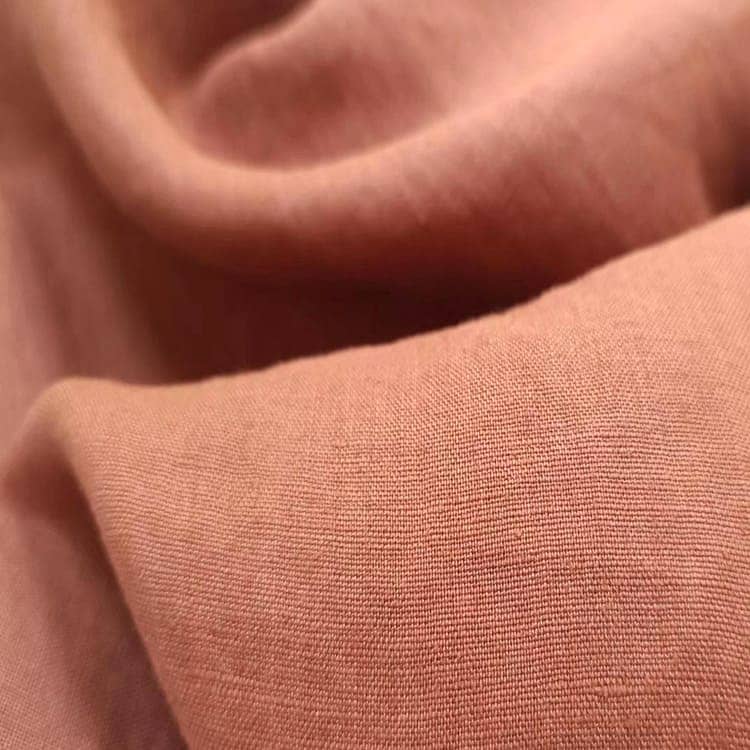
The journey of hemp fabric from plant to product is characterized by its eco-friendly and efficient processes, which distinguish it from other natural fibers. Here’s an overview of the key stages involved in the production of hemp fabric:
Cultivation and Harvesting
Hemp is cultivated with minimal chemical inputs, requiring significantly less water and pesticides than cotton. This plant thrives in a variety of climates and soil types, making it adaptable and sustainable. The cultivation process is crucial for obtaining high-quality fibers:
| Stage | Description |
|---|---|
| Planting | Hemp seeds are planted in well-aerated, nutrient-rich soil. |
| Growth | Hemp grows rapidly, reaching maturity within about 120 days. |
| Harvesting | Timing is critical; fibers must be harvested at peak maturity for optimal quality. |
Fiber Extraction and Processing
Once harvested, the hemp stalks undergo a process to separate the fibers from the woody core—a process known as decortication. Following decortication, the fibers are prepared through a series of steps:
- Retting: This involves breaking down the pectin that binds fibers together, traditionally done through dew or water retting.
- Breaking and Scutching: Mechanical processes that further separate the fiber from the woody hurds.
- Hackling: Fibers are combed to align and remove any shorter fibers, preparing them for spinning.
These steps are crucial for ensuring the fibers are clean, aligned, and ready for the next stage.
Spinning and Weaving
The prepared hemp fibers are then spun into yarn, using techniques similar to those used for other textile fibers but adjusted to accommodate hemp’s unique properties. The yarn is then woven or knitted into fabrics, with various weaving patterns affecting the texture and properties of the final textile.
Properties and Benefits of Hemp Fabric
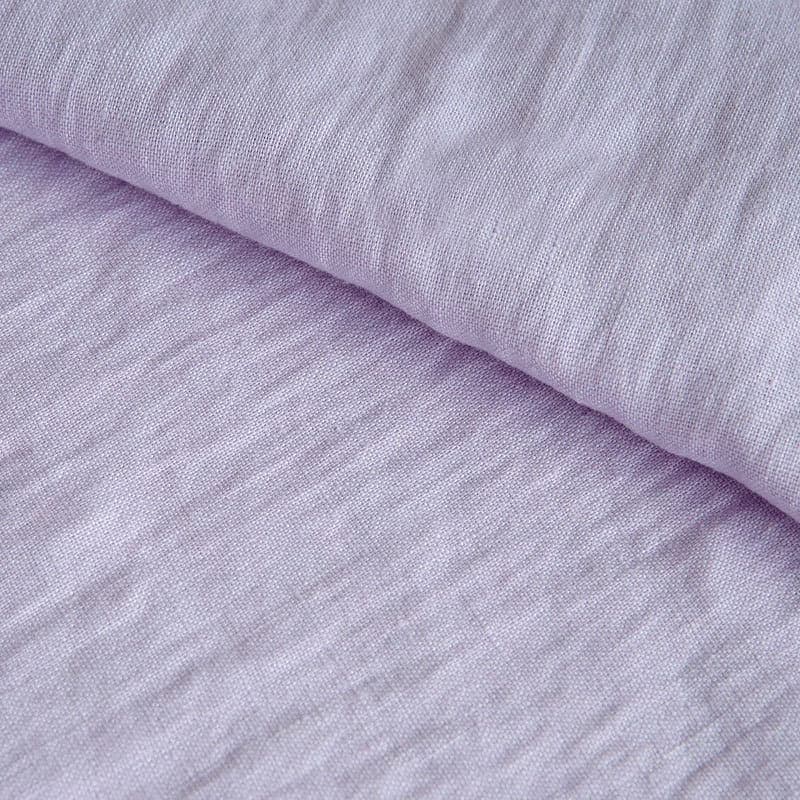
Hemp fabric is celebrated not only for its sustainability but also for a host of properties that make it a standout choice in the textile industry. Here’s a detailed look at the key characteristics and benefits:
Key Properties of Hemp Fabric
- Durability: Hemp fibers are up to three times stronger than cotton fibers, making hemp fabric extremely durable and long-lasting.
- Breathability: The structure of hemp fibers allows for excellent air permeability, making it comfortable to wear in various climatic conditions.
- Moisture Absorption: Hemp is highly absorbent, which helps in wicking moisture away from the body and keeping the wearer cool and comfortable.
- Natural Resistance: Hemp fabric is naturally resistant to mold, mildew, and ultraviolet light, enhancing its suitability for outdoor wear and usage.
Comfort and Versatility
The natural softness of hemp fabric increases with each wash, making it increasingly comfortable over time. It is suitable for a wide range of applications, from everyday casual wear to high-end fashion, providing both comfort and style. Hemp’s versatility extends to its blending capabilities; when mixed with materials like organic cotton or silk, it enhances both comfort and performance features, making it ideal for a diverse range of garments.
Antibacterial Properties
Hemp fabric offers natural antibacterial and hypoallergenic properties, making it ideal for skin-sensitive individuals and reducing odors in wearables. This attribute is particularly valued in the production of activewear and children’s clothing, where hygiene and comfort are paramount.
Challenges and Considerations in Using Hemp Fabric
While hemp fabric offers numerous benefits, there are several challenges and considerations that manufacturers and consumers should be aware of when choosing this material.
Legal and Regulatory Challenges
- Cultivation Restrictions: In some regions, the cultivation of hemp is heavily regulated due to its association with cannabis species that contain higher levels of THC. This can affect the supply and cost of hemp fabric.
- Inconsistent Regulations: Different countries have varied regulations regarding hemp cultivation and processing, which can complicate international trade and sourcing for manufacturers.
Manufacturing Complexities
- Processing Technology: The technology for efficiently processing hemp fibers is still developing. Compared to cotton and other textiles, hemp can require more complex and thus costlier processes to turn raw fibers into fabric.
- Dyeing and Finishing: Hemp fibers have different chemical and physical properties from more commonly used fibers, which can pose challenges in dyeing and finishing. Hemp fabric tends to have a higher absorbency rate, which means it requires different dye types and conditions to achieve vivid and long-lasting colors.
Market Perception
- Consumer Awareness: Despite its benefits, some consumers may not be fully aware of hemp’s advantages or may associate it with negative connotations due to its botanical relationship to psychoactive varieties of cannabis.
- Aesthetic Appeal: Initially, hemp fabrics were somewhat rougher and less refined, which could affect consumer preference. However, advances in processing techniques have significantly improved the softness and quality, though the perception issue may still exist.
Economic Considerations
- Cost: Due to the less developed supply chain and the complexities involved in processing, hemp fabric can be more expensive than more conventional materials like cotton.
- Scalability: Scaling hemp fabric production to meet global demand while maintaining sustainability and quality standards is another challenge.
Application of Hemp Fabrics of Different Counts
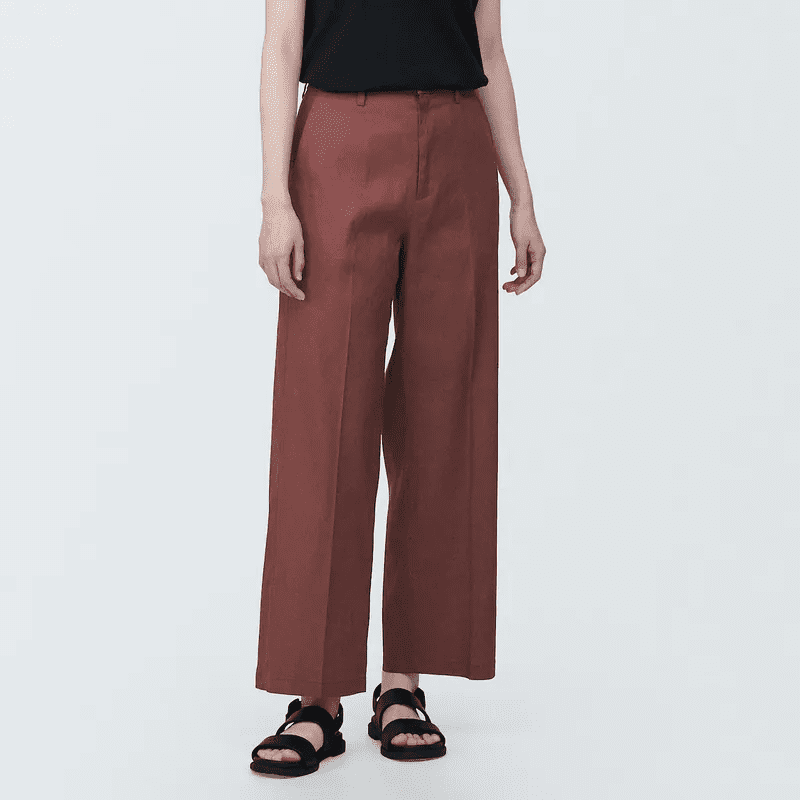
Hemp fabric’s unique properties and sustainability make it a versatile choice not just for fashion designers but also for applications in various other sectors.
- Below 18s hemp fabric: mainly used for coarse and thick fabrics or eco-friendly home furnishings, including upholstery, curtains, and bedding, due to its durability and natural aesthetics;
- 19s-29s hemp fabric: the yarn is soft, fine, moisture-absorbent, and breathable, and is mainly used for casual and streetwear such as t-shirts and dresses.
- 30s-60s thread counts hemp fabric: yarn delicate, skin-friendly, the fabric is a broad, smooth texture is mainly used for high-grade knitted garments.
Care and Maintenance of Hemp Fabric
Proper care and maintenance are crucial to extend the longevity and preserve the quality of hemp garments. Here’s a comprehensive guide on how to care for hemp fabric:
- Washing: Hemp fabrics can generally be washed in a machine on a gentle cycle with mild, eco-friendly detergents. Cold water is recommended to prevent any shrinkage and preserve the fabric’s natural colors.
- Drying: Hemp dries quickly and can be air-dried effectively. It’s best to hang hemp garments or lay them flat to dry. Avoid using a tumble dryer as high heat can cause the fabric to shrink and weaken the fibers.
- Ironing Hemp: If needed, hemp fabric can be ironed on a mild setting. It’s advisable to iron on the reverse side of the fabric to prevent any shine or scorch marks on the surface. Using a steam iron can help in removing wrinkles without applying too much heat directly to the fabric.
- Softening Over Time: One of the unique characteristics of hemp fabric is that it becomes softer with each wash. This natural softening process enhances the comfort of hemp garments over time.
- Stain Removal: For stains, spot cleaning with a gentle detergent before washing is effective. Avoid bleach as it can degrade the natural fibers and weaken the fabric.
- Storage: To prevent deformation, hemp clothing should be stored folded in a cool, dry place. If hanging in a closet, using padded hangers can help maintain the shape of the garment without stretching the fabric.
Comparison of Hemp and Linen Fibers in Textile Production

Both hemp (Cannabis sativa) and linen (made from the flax plant) are annual plants used in the production of textiles. The individual fibers of both plants are relatively short, measuring only a few millimeters to several centimeters in length. To create yarn suitable for textile manufacturing, these short fibers must be bonded together using the plant’s natural adhesives, which form bundle fibers.
This bonding process results in a specific characteristic shared by garments made from hemp and linen: as the natural adhesive degrades over time and through wash cycles, the fibers may shed, and the fabric becomes prone to pilling. Under a microscope, hemp fibers appear coarser than those of linen, which contributes to a rougher texture in finished hemp garments compared to those made from linen.
Despite these challenges, the fabric properties of both hemp and linen lean towards those of cotton, especially in terms of their tactile feel, breathability, and moisture-wicking abilities. This makes both hemp and linen particularly suitable for wear in hot and humid climates, like those found in southern regions, where their ability to manage moisture and provide breathability is most beneficial.
How much does hemp fabric cost?
The cost of hemp fabric varies widely depending on the type, quality, and whether it is blended with other materials. Here’s a breakdown of hemp fabric pricing based on current market data:
- Standard Hemp Fabric Prices: Basic hemp fabrics used for general clothing and home textiles typically range from $12 to $16 per yard. This price can vary based on the weave and the specific use of the fabric.
- Organic and Specialty Hemp Fabrics: Organic hemp or hemp blended with high-quality materials like silk can be more expensive. For instance, organic hemp denim might cost around $36.99 per yard, while hemp silk charmeuse, used in high-end fashion, can cost between $50 and $55 per yard due to its quality and the complexity of the fabric blend.
- Lightweight and Common Blends: More accessible and commonly used hemp blends, especially those mixed with organic cotton, can be found at lower prices, starting from $1.99 up to $17.50 per yard for various colors and patterns.
For more detailed information on hemp fabric and to explore purchasing options, you might find Earth Indigo helpful. They offer a variety of hemp fabric choices at different price points.
Conclusion
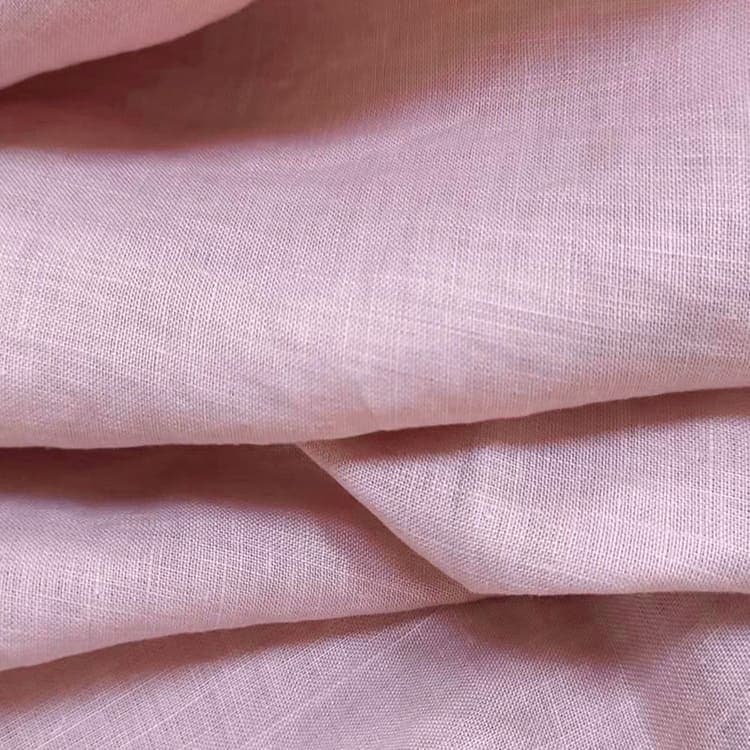
Embracing hemp fabric is not just about choosing a sustainable material; it’s about fostering a culture of conscious consumption and proactive environmental stewardship. At Valtin Apparel, we are committed to leading the charge by integrating hemp into our product lines and sharing its benefits with the world.
FAQs of Hemp Fabric
What are the disadvantages of hemp fabric?
Hemp fabric can be rough initially and tends to wrinkle easily. It also has a higher cost due to less industrialization and may have limited color variations due to natural processing methods.
Is hemp fabric better than cotton?
Hemp is more sustainable than cotton as it requires less water and pesticides. It is also more durable and has a better environmental footprint. However, cotton is softer and generally more widely available.
What are the benefits of hemp fabric?
Hemp fabric is durable, breathable, and has antibacterial properties. It’s environmentally friendly, requires less water and pesticides, and is fully biodegradable.
Is hemp fabric illegal in the US?
No, hemp fabric is legal in the US. The cultivation of industrial hemp was legalized federally by the Farm Bill of 2018.
Does hemp shrink in the wash?
Hemp fabric can shrink if not washed properly. It is recommended to wash in cold water and air dry to minimize shrinking.
Does hemp clothing get softer?
Yes, hemp clothing tends to get softer with each wash, making it increasingly comfortable over time.
Why is hemp clothing so expensive?
The higher cost of hemp clothing is due to its less industrialized farming and manufacturing processes, limited supply, and the costs associated with sustainable cultivation.
Is hemp a luxury fabric?
Hemp is considered a luxury fabric by some due to its durability, environmental benefits, and the premium price associated with its sustainable production processes.
Is hemp clothing good for summer?
Yes, hemp clothing is excellent for summer as it is breathable, lightweight, and has moisture-wicking properties that keep the skin cool and dry.
How long does hemp clothing last?
Hemp clothing is extremely durable and can last many years with proper care. It is resistant to wear and tear, maintaining its strength and shape over time.



